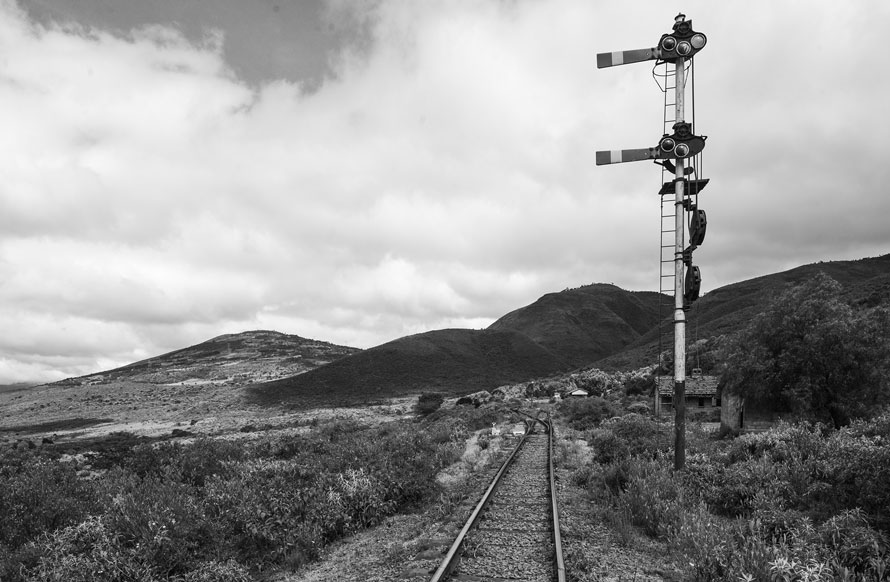
In 1896 the British started building a meter-gauge railway from Mombasa on the Indian Ocean towards Uganda, “The Pearl of Africa”. Along the way they established Nairobi and realized that their colony of Kenya had just as much to offer. Hence, the Uganda Railway which became the East Africa Railway served as the artery of commerce through independence in 1963 and beyond. However, in the last few decades, trucks and other factors have led to the gradual decline including abandonment of several branch lines.
I’ve had the privilege of living in Kenya a total of eight years, spread over the last thirty. Most recently was a stint from 2016-21. The school my wife and I were teaching at was located on the escarpment of the Rift Valley bordered by the railway. Thirty years ago, a daily passenger train was visible from the rugby field, along with a handful of “goods” trains.
This last stint, our house was on the edge of the school compound giving us a reasonable view of the tracks about 100 yards up the hill behind us. The passenger trains were no more and the goods were short and down to a handful per week. Sensing that the line was on life support, I made an effort to record what was left of the infrastructure that remained. Some of the structures appear to be from the early years while others a bit recent. All of it evokes a system that was once thriving.
As a nostalgic romantic, I of course dreamt of being there in colonial days to ride behind a Garratt in a sleeper bound for the coast or Lake Victoria, having enjoyed an extra cup of tea in the white-tableclothed diner.
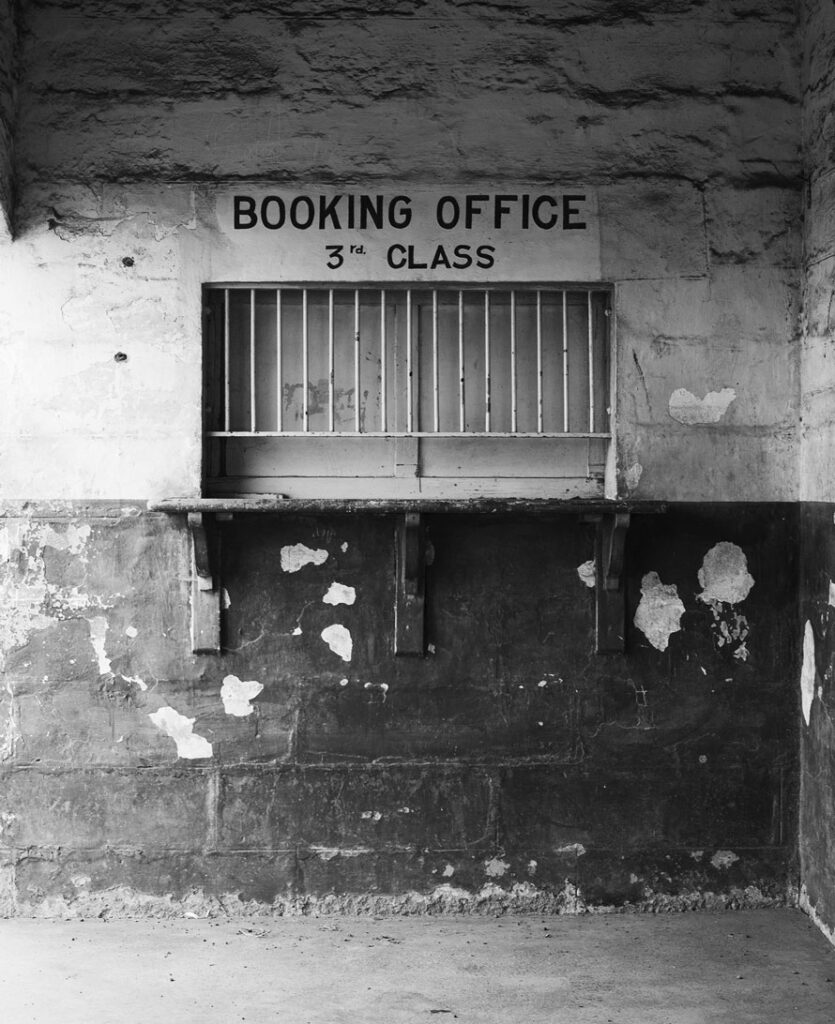
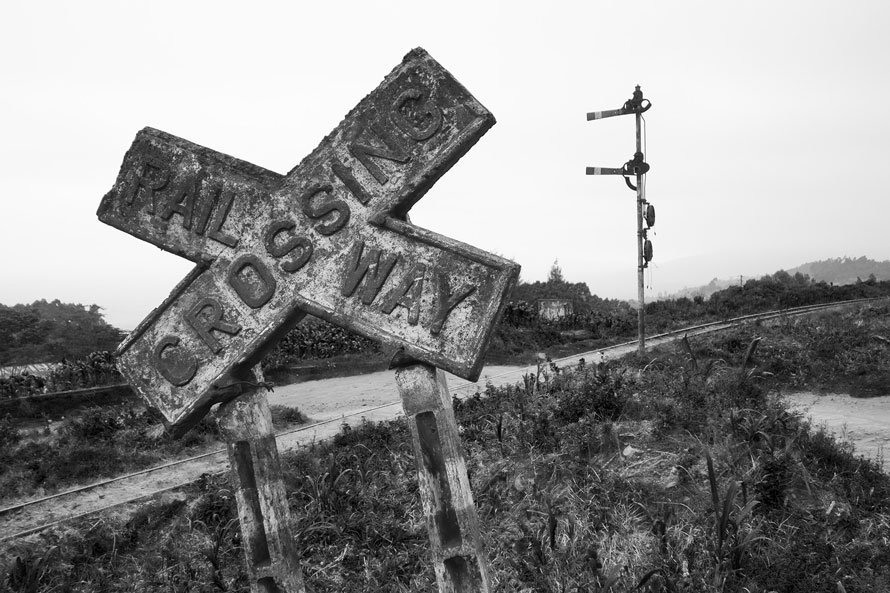
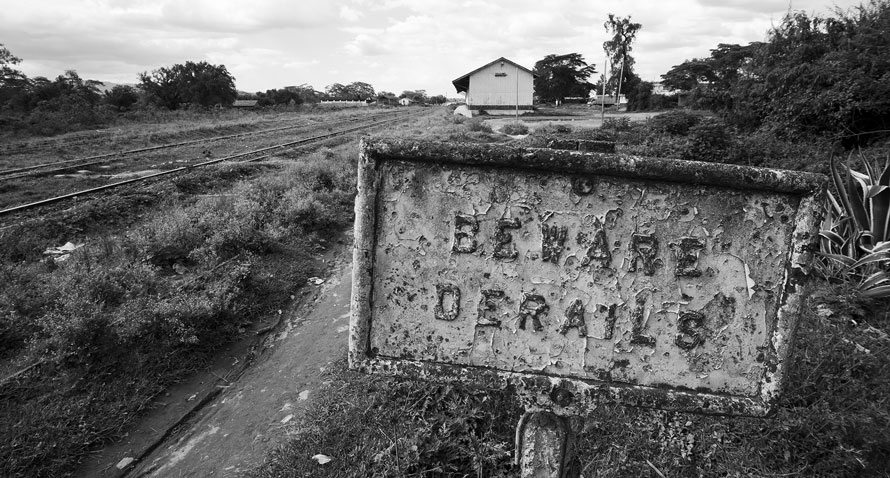
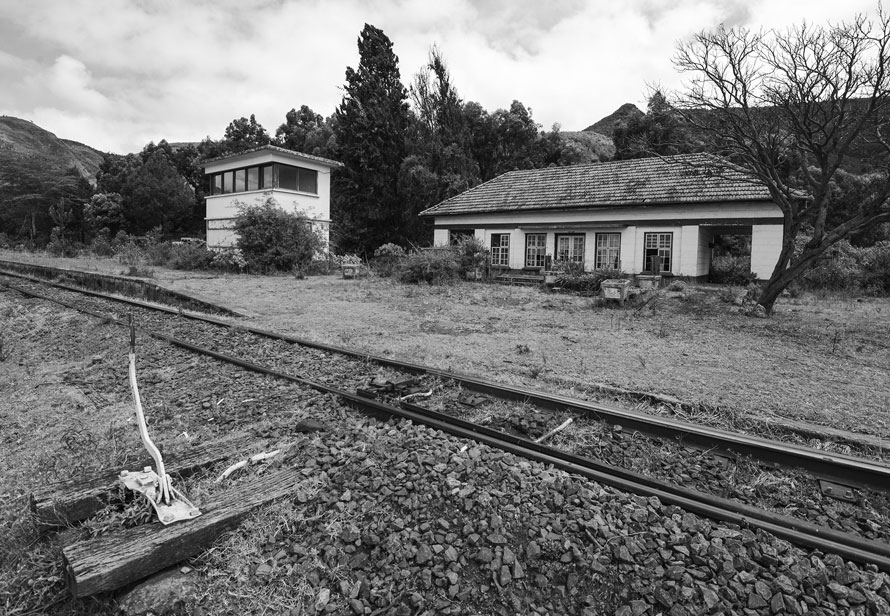
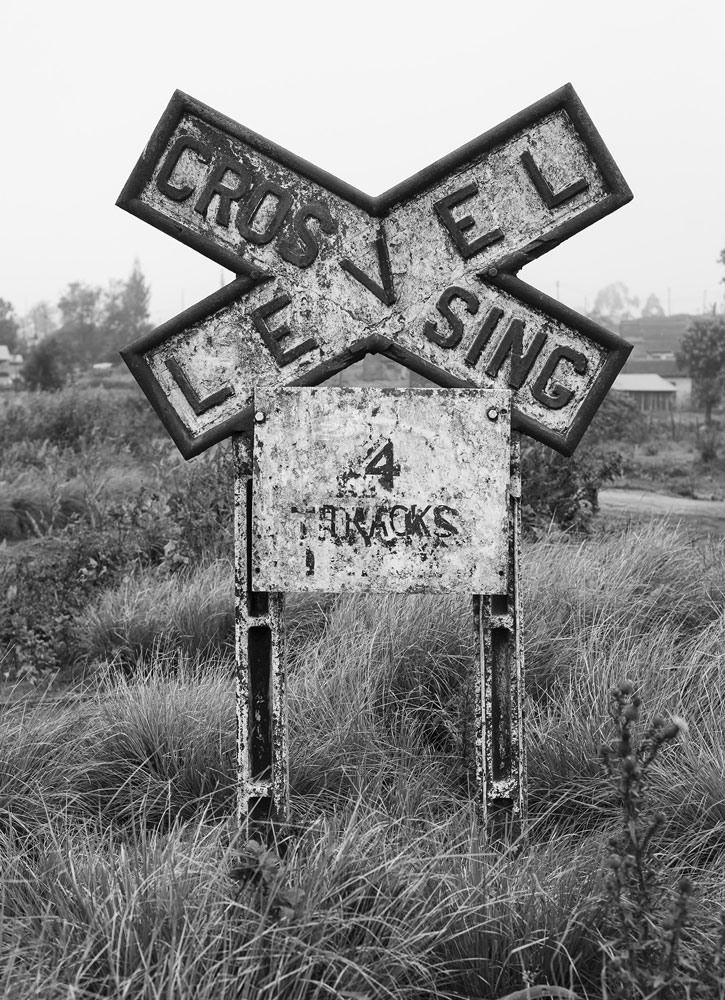
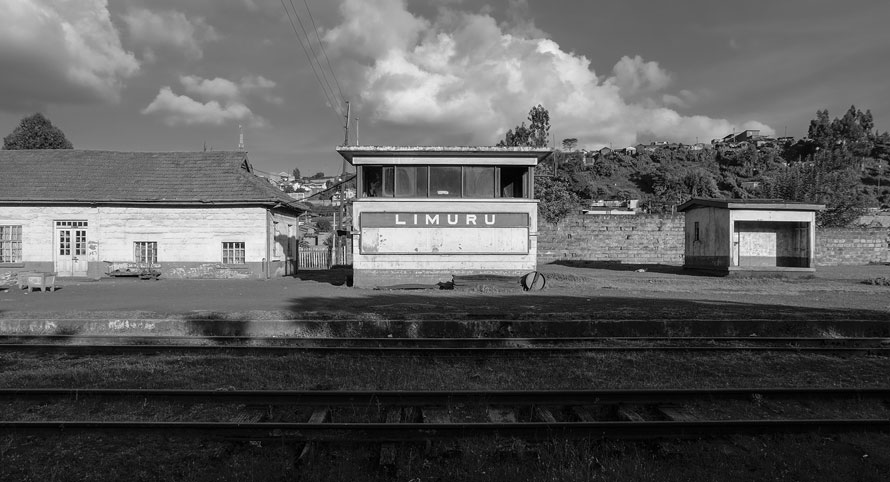
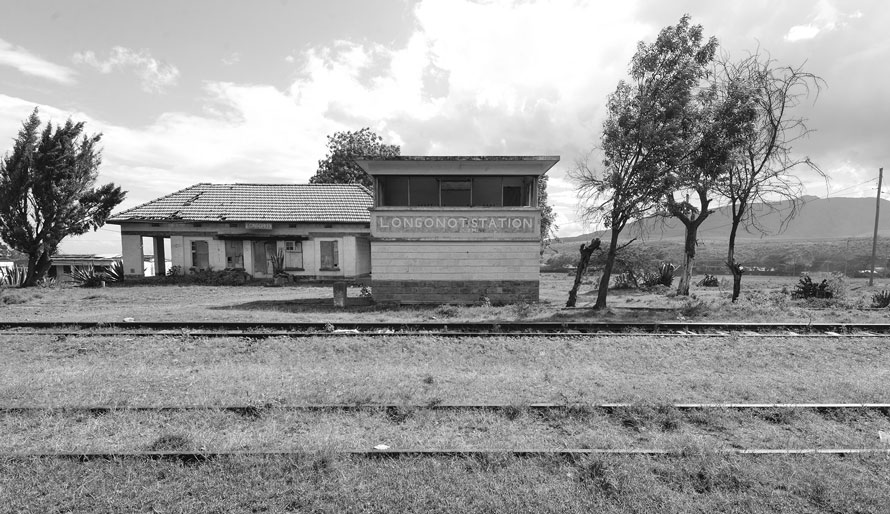
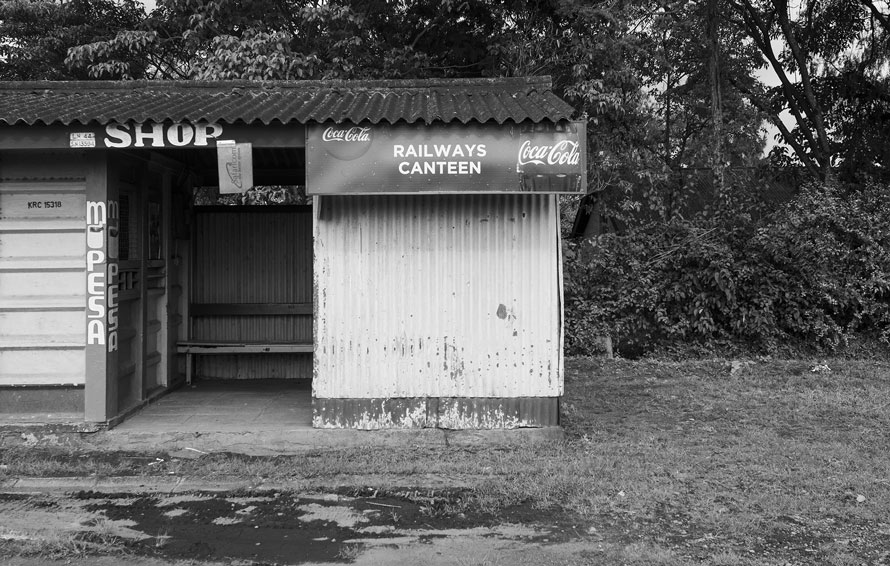
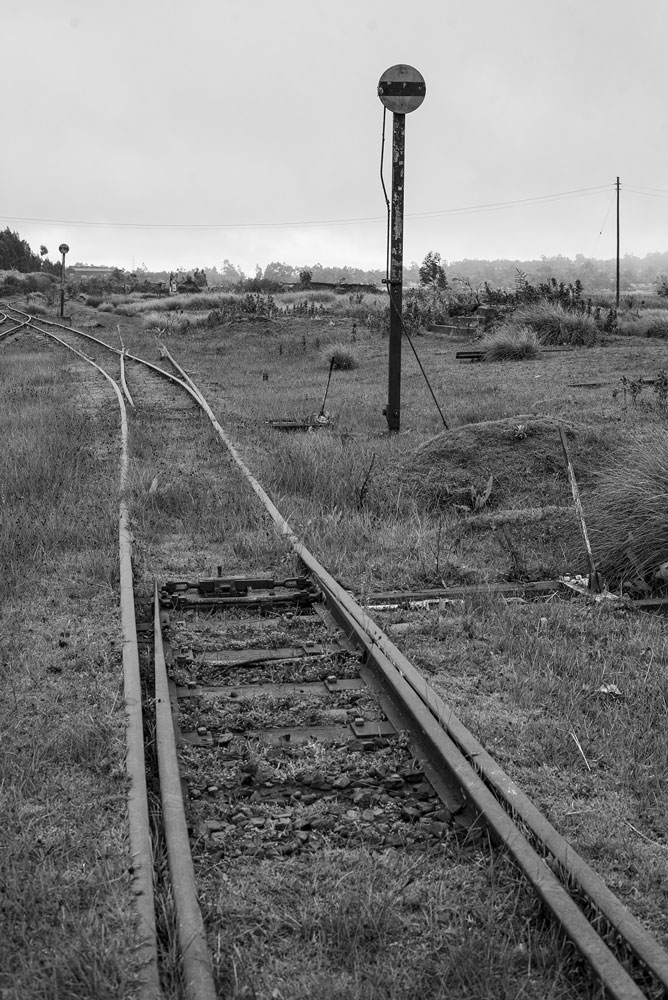
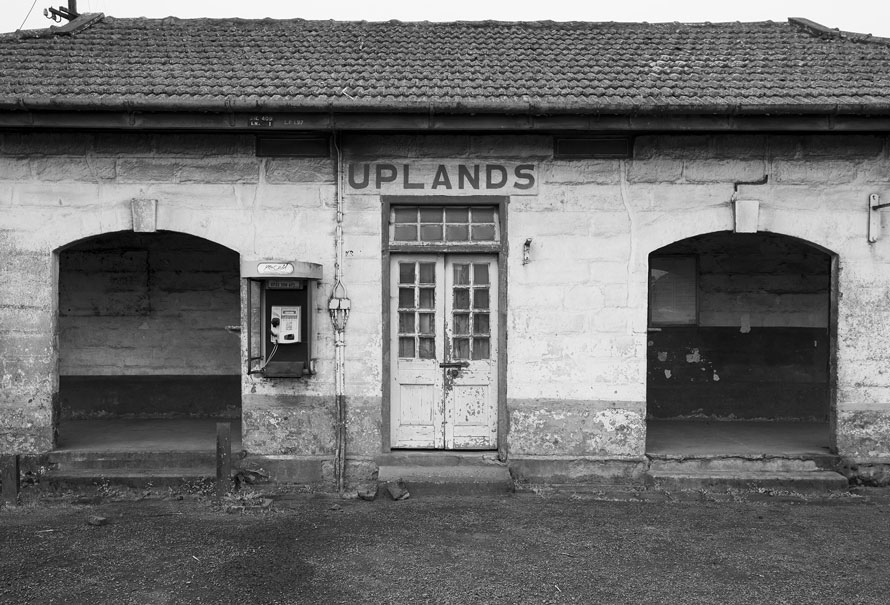
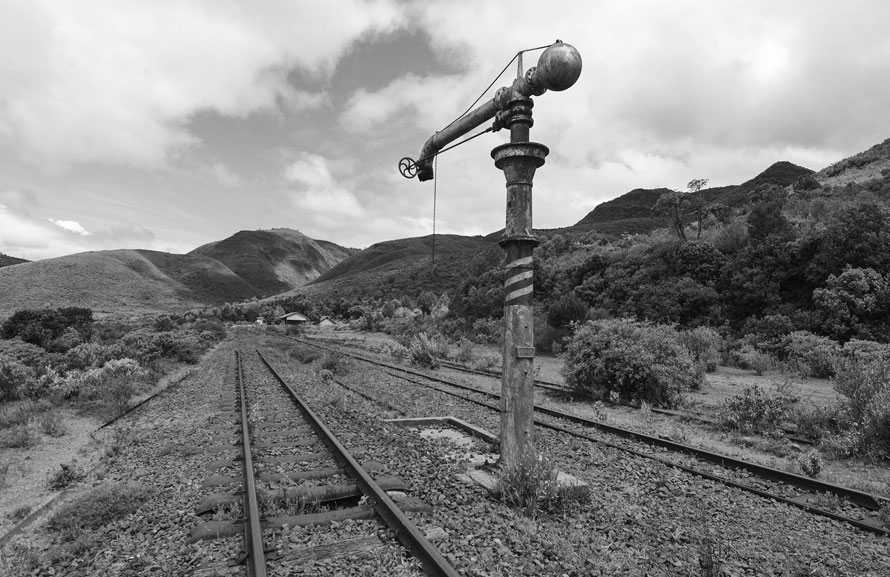
Though the images paint a sad picture, the story is not over for railways in Kenya. In 2017 the Chinese completed a standard gauge line from the coast to Nairobi, paralleling the old meter gauge. Passenger trains have returned and the trip now takes five hours instead of thirteen. Phase two of the Chinese project started toward Uganda, but stalled shortly after leaving Nairobi. Currently, containers are transferred to the meter gauge at the end of the line, providing a rebirth for The Lunatic Line at least as far as Lake Victoria.
Roger Varland – Photographs and text Copyright 2023
When I became old enough to drive, I made a commitment to photograph the railroad that I had come to admire. Even after CSX took over, it was years before vestiges of the former railroad would be gone. As time has passed, I have been saddened to see lines and structures disappear, but occasionally glimmers of light have appeared. Their have been structures that at the time of my initial visit that I perceived that my photo would be more of a record prior to demolition, only to find out that years later they would be restored. Most recently, a rail line that washed out some 38 years ago has been restored and again this Spring will resound with not just rail traffic, but steam passenger trains that have not trod the rails in close to 60 years. I’m talking about the Durbin and Greenbriar Valley’s “Greenbriar Express” between Cass, W. Va. and Durbin, W. Va.
Absolutely stunning photographs!! I love railroad and abandonment photography, you captured both genres with a true feeling of romance of a time gone by.
Beautiful photos and very informative text!
As Mr. Pawlesh stated in his commentary, the images are stunningly beautiful, wistful, romantic, and, yes, sad. As a boy I witnessed the scrapping of the “Great Third Rail,” the Chicago, Aurora & Elgin Ry. For a while after its cessation of service and before the rails and ties were pulled up – even the rock ballast was “harvested” – my brother and I walked the quiet right-of-way from our home into town, weeds and vines by then encroaching. I was fascinated and melancholy at the same time even as just a kid. That fascination and the same feeling revisits me whenever and wherever I witness similar contemporary railway scenes, scenes of lines rarely or never used and thus threatened with abandonment. The same feelings are evoked as I contemplate Mr. Varland’s photographs posted herein. Black and White. Hauntingly evocative. We should all be thankful to people who record railways, factories, warehouses, grain elevators, docks… all industrial plants, places and things now seemingly unneeded. Thank you Mr. Varland.
Thank you for this lovely essay and outstanding photography